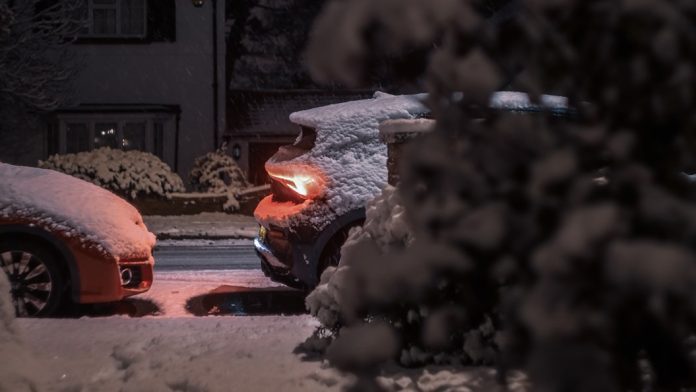As electric cars become more prevalent on our roads, there’s one question that still lingers in the minds of many potential buyers: how do these vehicles perform in cold weather? With winter temperatures causing significant drops in range for electric cars, it’s no surprise that some people are hesitant to make the switch from traditional gas-powered vehicles. However, with advancements in technology, are these concerns still warranted?
In this blog post, we’ll take a closer look at the relationship between electric cars and winter weather. We’ll explore the factors that can affect an EV’s range, including temperature, battery capacity, and driving habits. We’ll also discuss the solutions and strategies that EV owners can use to mitigate these effects and ensure they have a reliable vehicle all year round.
While it’s true that electric cars can experience decreased range in cold weather, it’s important to remember that gas-powered cars also suffer from the same issue. However, with the right knowledge and preparation, electric car owners can comfortably navigate through winter conditions without worrying about range anxiety. So, let’s dive into the truth about electric cars and winter and uncover what you need to know before making the switch to an electric vehicle.
How does cold weather affect electric cars?
Just like the battery in your smartphone or laptop, the batteries in electric cars are controlled chemical reactions designed to produce electricity – and like all chemical reactions they’re also sensitive to temperature. Get an EV battery outside its optimum operating temperature, and it’ll be less efficient and produce less electricity as a result.
Most EVs will warm up the battery to get it to the correct temperature, but this consumes precious energy too. The end result? When the mercury plummets, so does EV battery efficiency and available range.
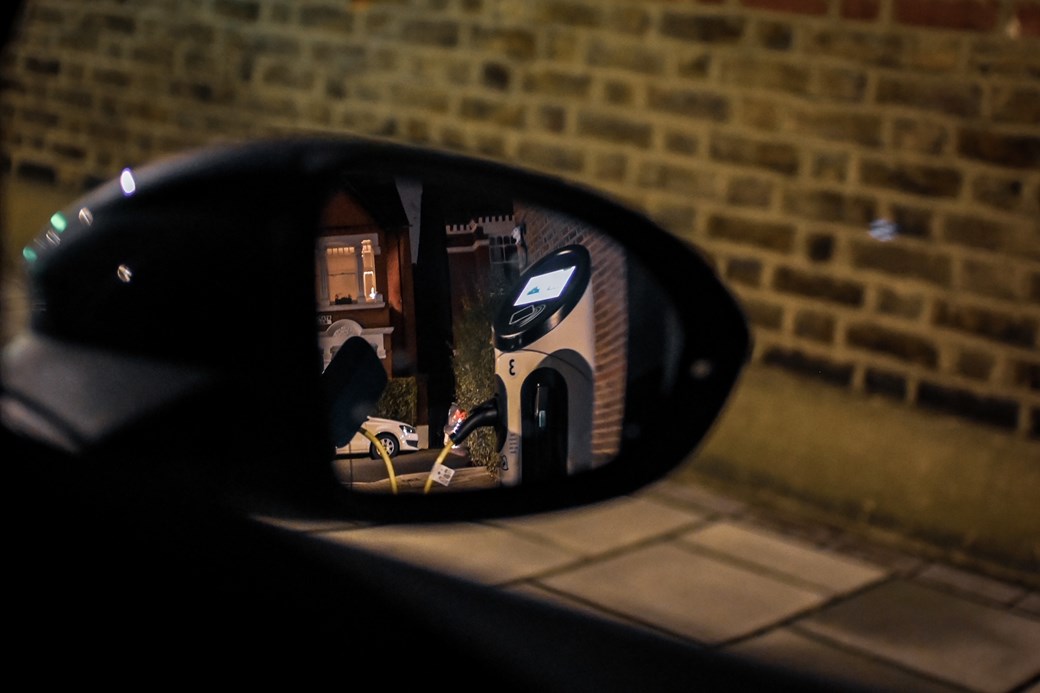
More heating, more problems
Cold weather also brings different habits from passengers; often we’ll request more power from EVs than in sunnier times. For example, a cold snap will probably have you reaching for the heater, heated seats, and heated steering wheel; all features that make us toasty but draw more power from the already affected battery. Once again, the range takes a hit.
CAR magazine has lived with enough EVs in winter to experience the fall in performance first-hand. Read on for what we’ve learned about the range of electric cars in cold temperatures and a few tips on how you can boost your mileage on each charge.
Electric cars in winter: what does happen to range in cold weather?
Our experience suggests that extremely cold weather will typically trim somewhere between 10-15% off the range of your EV – and sometimes significantly more. It affects every electric vehicle, but some seem better able to cope with snow and ice than others.
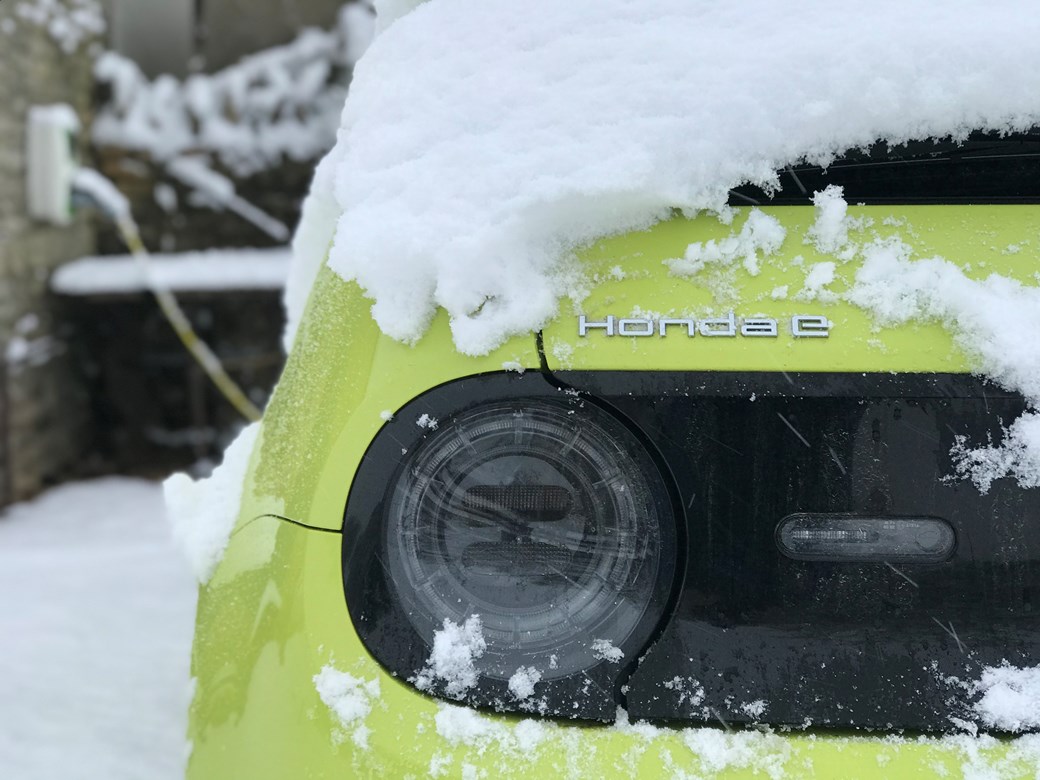
When we lived with a Honda E city car (above), its tiny 35kWh lithium-ion battery could only muster a claimed 125 miles, according to the official WLTP claim; in practice, that meant 100 miles of usable range in the summer, plunging to 80-90 in wintry months. This significantly restricted its viability, in our experience.
Similarly, we ran a Tesla Model S long-term test and the 85kWh-batteried saloon never showed a range below 250 miles in winter, compared with 265 miles in more clement temperatures. It’s worth pointing out this was an approved used, 65-reg example.
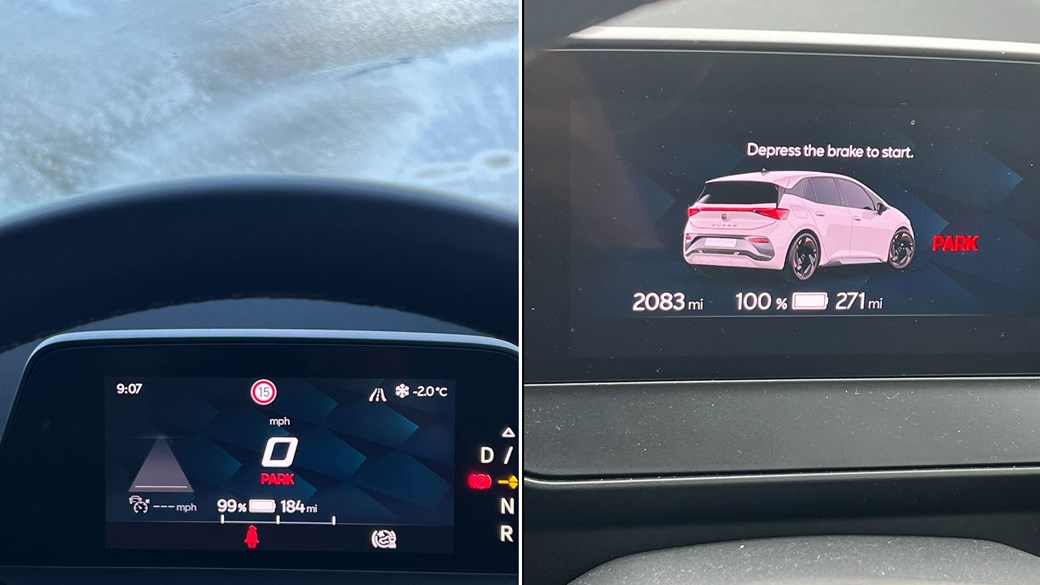
Our digital editor Curtis Moldrich is currently running a nippy 77kWh Cupra Born (above) but found his range severely affected by the cold snap. During summer the Born could easily extend its range to over two hundred miles, regularly estimating around 270. Fast forward to the ice age of 2023, and the estimated range has frequently dropped close to 180. That’s a loss of around a third!
CAR’s sister website Parkers.co.uk lived with a Mazda MX-30 electric car for half a year and found that, when fully charged, the range showed as 90 miles instead of 110 in warmer months. Its battery capacity was 35kWh, similar to the Honda E’s.
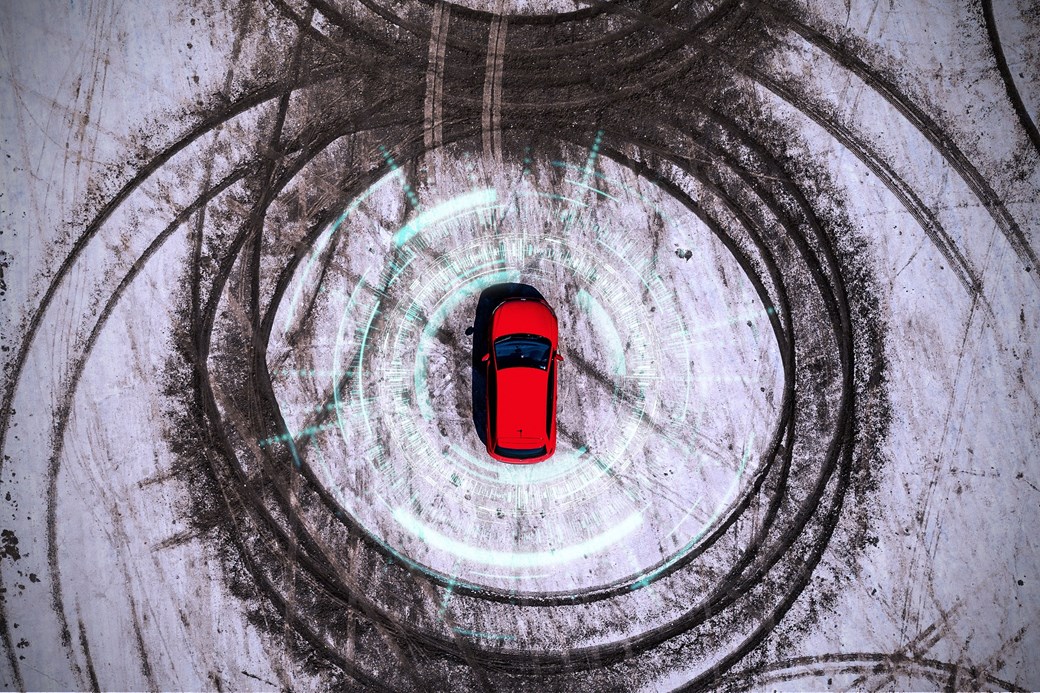
The trend is clear: cold weather = less range. Check out also Citroen’s official range calculator, which shows the e-C4‘s range as follows in different temperatures:
- Electric range, 20C: 217 miles
- Electric range, 10C: 194 miles
- Electric range, 0C: 175 miles
- Electric range, -10C: 141 miles
Using Citroen’s official data suggests a significant fall in performance in freezing conditions: a whopping 76 miles less, or a drop of 35% if taken well below freezing.
NAF winter range test results from 2023
This is a topic the Norwegian Automobile Federation (NAF) is particularly interested in – Norway is a huge consumer of electric cars and also a very cold country, so every year an electric vehicle winter range test is held to see how manufacturer claims stack up to real-world conditions.
In 2023, the event set a new winter driving range record with a standard Tesla Model S, which managed 329 miles in conditions between 0 degrees C and -19 degrees C before conking out. This beat the previous record of 324 miles, set in slightly warmer conditions by a Tesla Model 3 Long Range Dual Motor in 2022.
However, even that Tesla Model S performance represented a 16.4 percent reduction versus the official WLTP claim of 394 miles. As such the actual winner of the 2023 event – yes, it is competitive – was the relatively obscure Maxus Euniq6.
While this Chinese MPV (smaller sibling to the Maxus MIFA 9 that’s set to be sold in the UK) may have managed only 197 miles in total, the result was just 10.45 percent shy of the official 220-mile claim. Which NAF holds up as an outstanding result.
So Tesla was beaten by a Chinese people carrier?
Yes, but that’s not really interesting news. What you’re probably better focusing on is how some other, more familiar carmakers fared – which is to say, rather badly.
For instance, the Mercedes EQE 300 and Skoda Enyaq Coupe RS fell over 33 percent short of their official driving range claims – that’s a third – and the BMW i7 xDrive60 and Volkswagen ID.5 Pro both came up over 28 percent lacking.
However, it was the Toyota b4ZX – which has already faced criticism for misleading range claims – that came dead last, managing 200 miles versus a claim of 312, a shortfall of 35.79 percent according to NAF
How to maximize range of electric cars in winter
There are a few handy tips to extend the range of your electric car in cold weather. Be sure to charge up your EV at home, if you have to charge facilities available. That way, you’ll start most journeys with a full charge.
Many EVs have a pre-heating function. On some models this is only available when the car is plugged in – it’s a great benefit to have, deicing windows and warming the cabin to make driving in cold conditions quicker and comfier. We recommend using this function when plugged in, so you don’t eat into your range before you’ve even left home.
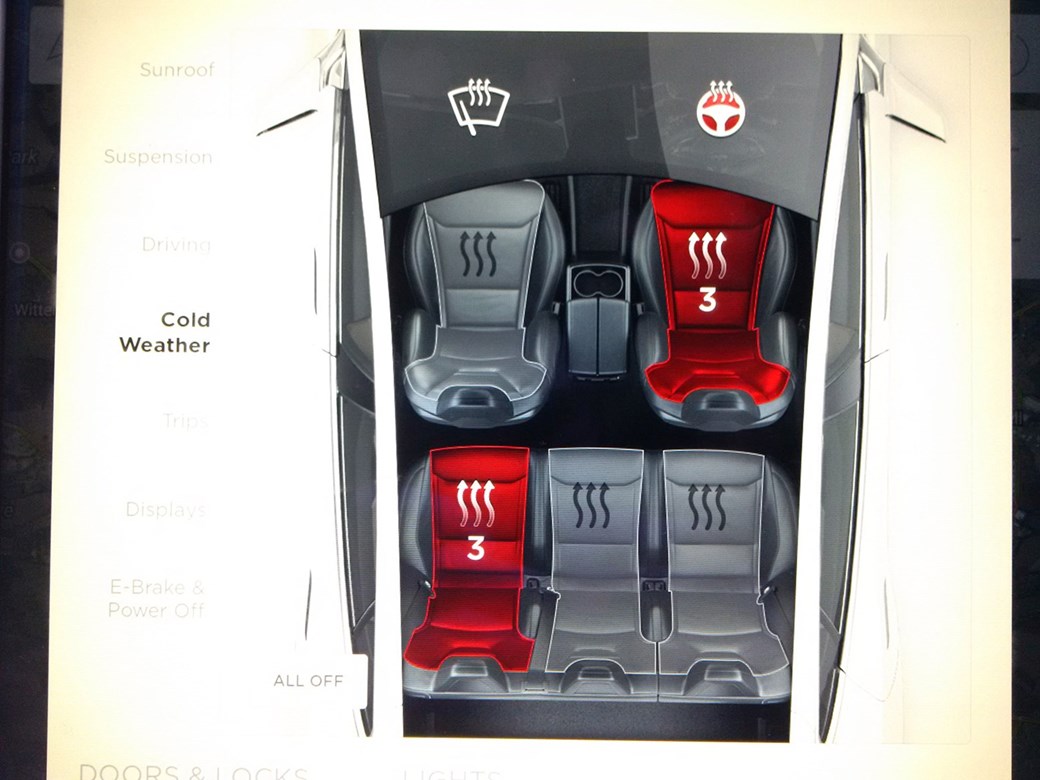
Be careful, too, with which accessories you use when you’re driving. Heating, seat warmers, and other ancillaries (see Tesla Model S, above) will all draw a charge and reduce your range. Don’t believe us? Try flicking the climate control off and on in most EVs; it can often grant you an extra 10 or 20 miles of range (a useful get-out-of-jail card for extending your range when you’re nursing a car low on charge).
Tesla fined in South Korea for inaccurate range claims in cold temperatures
Tesla fell foul of the authorities in South Korea for exaggerating what its cars are capable of in colder weather in winter 2022-23. The Korea Fair Trade Commission (KFTC) fined the manufacturer 2.85 billion won (£1.9 million at the time) for failing to fully inform customers about the range potential of the cars in cold temperatures.
Although claimed battery ranges were calculated by official WLTP testers, they didn’t factor in really cold weather, and certainly not every variation of wintry temperatures, prosecutors found. The KFTC said that Tesla had exaggerated the ‘driving ranges of its cars on a single charge, their fuel cost-effectiveness compared to gasoline vehicles as well as the performance of its Superchargers’ on its official local website since August 2019 until recently.
According to the KFTC, Teslas’ range drops by as much as 50% in extremely cold weather.
Anything else to know about EVs in winter?
Apart from energy conservation, electric cars are subject to the usual rules of motoring in winter. For example, we strongly recommend winter or all-seasons tires like the Bridgestone Blizzak or Michelin CrossClimates to keep you going in cold or slippery conditions.



